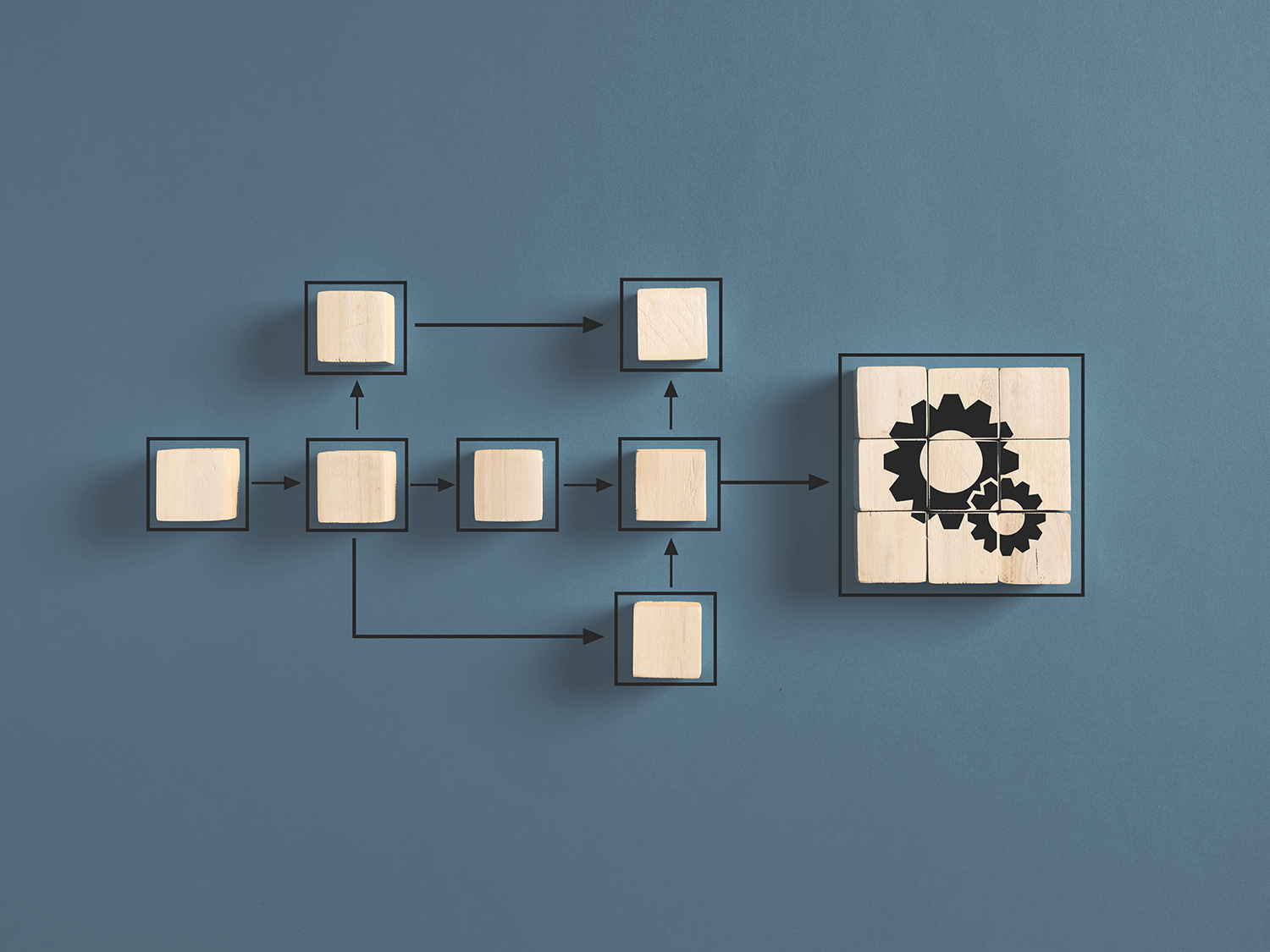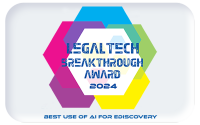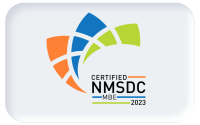When we’re talking about artificial intelligence, it’s easy to get swept up in the allure of the latest advancements. Generative AI (Gen AI) is a prime example, captivating industries with its impressive capabilities and potential. However, it’s crucial to remember that not every innovation is a magic solution for every problem. This is where TCDI’s Process-Driven AI approach comes into play.
Defining the Problem First
The cornerstone of Process-Driven AI is a fundamental principle: define the problem first. Before jumping to solutions, it’s vital to have a clear understanding of our clients’ specific challenges and objectives. This involves a thorough analysis of their current processes, as well as identifying pain points, inefficiencies, and areas for improvement. By doing so, we ensure that we are addressing the root cause of the problem rather than just treating symptoms.
Selecting the Appropriate Tools
Once the problem is clearly defined, the next step is to evaluate the available tools. This involves comparing the potential of Gen AI against traditional AI methods and existing optimized processes. Gen AI might offer innovative capabilities, but it’s not always the best fit for every situation. Sometimes, legacy AI or well-established processes are more effective, reliable, and cost-efficient.
Measuring Time, Cost, Risk, and Quality
To make an informed decision, TCDI measures several key factors: time, cost, risk, and quality.
- Time: How long will it take to implement and integrate the AI solution? Will it speed up the process or introduce delays?
- Cost: What are the financial implications of adopting this AI tool? Does it offer a significant cost reduction compared to other methods?
- Risk: What are the potential risks associated with this AI solution? Are there implementation challenges, output concerns, defensibility issues, or other uncertainties?
- Quality: Will this AI tool enhance the quality of the output? Can it ensure consistency and accuracy, or does it introduce variability?
By rigorously assessing these factors, we can determine whether Gen AI is the right fit for the task at hand.
Avoiding the Reinvention of the Wheel
Another key strategy of Process-Driven AI is to avoid the unnecessary reinvention of the wheel. If a current process is already optimized and effective, there’s no need to replace it with a new Gen AI solution just for the sake of innovation. Instead, we focus on areas where there is genuine potential for improvement. This approach ensures that we are using technology to solve real problems, rather than creating new ones.
Educating and Empowering Stakeholders
Critical to Process-Driven AI is education. TCDI works diligently to educate our clients and stakeholders about the capabilities and limitations of different tools, including Gen AI. By providing clear, evidence-based insights, we help them make informed decisions. This involves transparent communication about what Gen AI can and cannot do, and where it is most beneficial to use it.
We, as a collective, must not let the goal become about merely adopting Gen AI; instead, we should focus on solving business problems more effectively. At TCDI, we’ve been using AI in our workflows for over a decade, and sometimes, legacy AI remains the better fit. Tools like predictive coding, clustering, and analytics are already streamlined to complete a number of tasks faster, better, and less expensively. Just because Gen AI is available doesn’t mean it’s going to be the right tool for the job.
Aligning Goals with Solutions
Ultimately, the goal of Process-Driven AI is to align the right solutions with the right problems. By prioritizing problem definition, tool evaluation, and rigorous measurement, we ensure that we are leveraging AI to its fullest potential. This approach not only enhances efficiency and effectiveness but also builds trust and confidence among stakeholders.
In the world of AI, it’s easy to get distracted or sucked in by the latest innovations. However, the true power of AI lies not in its novelty, but in its ability to solve real-world problems effectively. By embracing a Process-Driven AI approach, TCDI ensures that we are using the right tool for each job, whether it’s Gen AI or tried-and-true legacy AI. This pragmatic, problem-focused strategy is key to unlocking the full potential of AI in our workflows and delivering meaningful results for our clients.

Caragh Landry
Author
Share article:
Caragh brings over 20 years of eDiscovery and Document Review experience to TCDI. In her role as Chief Legal Process Officer, she oversees workflow creation, service delivery, and development strategy for our processing, hosting, review, production and litigation management applications. Caragh’s expertise in building new platforms aligns closely with TCDI’s strategy to increase innovation and improve workflow. Her diverse operational experience and hands on approach with clients is key to continually improving the TCDI user experience. Learn more about Caragh.





